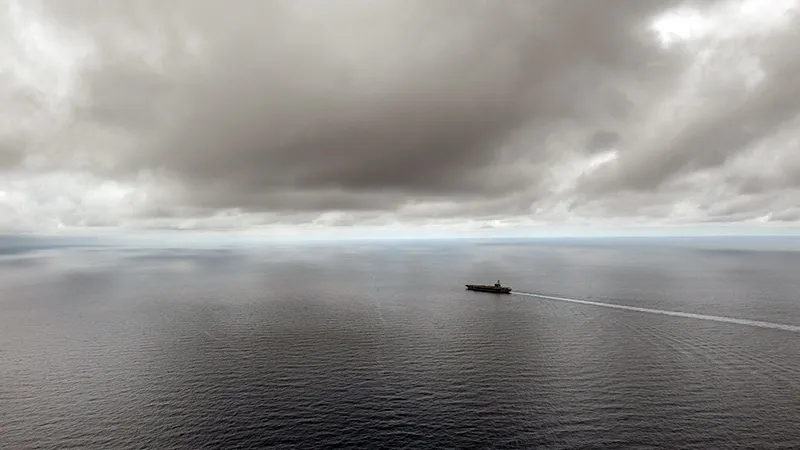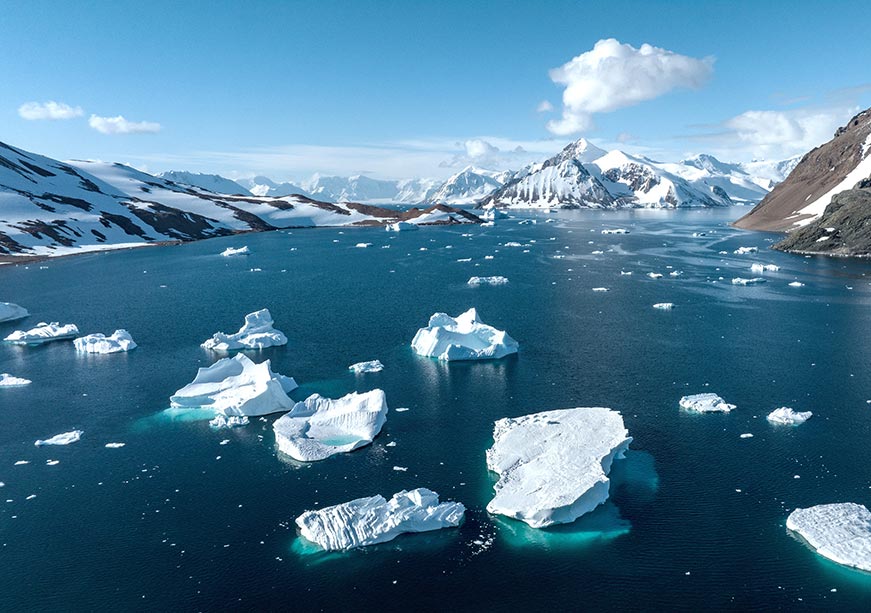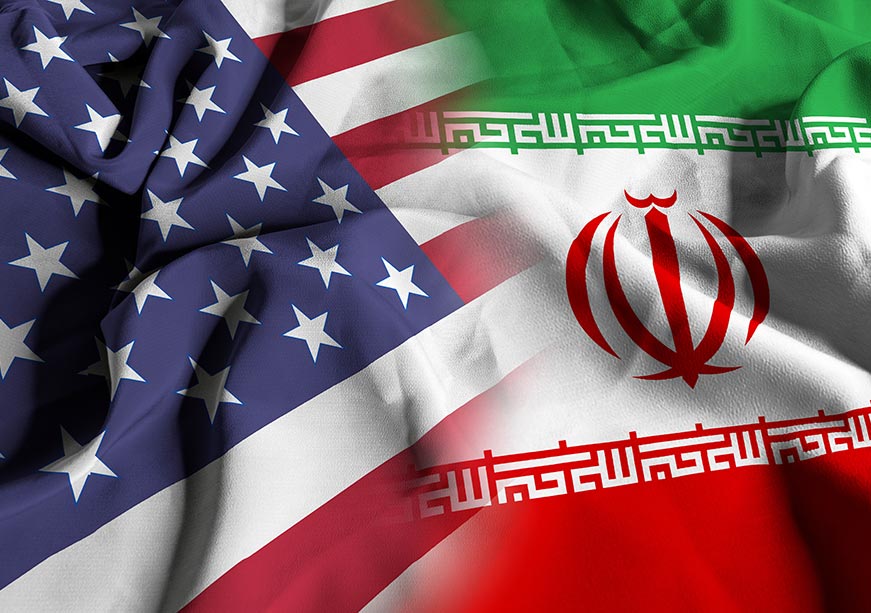
The geopolitics of the South China Sea appears to be ever-changing. After a much debated as well as anticipated ruling by the Permanent Court of Arbitration (PCA) led by former President of the Philippines Benigno Aquino, the approach of the Philippines towards China has assumed a bewildering shift under the current President Rodrigo Duterte. The change is evident, although not quite lucid, both in action as well as rhetoric, with Manila, ostensibly, carving a more visible role in the regional maritime politics. The recent visit of President Duterte to China and the statements made during the visit have taken many by surprised. The most significant of these has been Duterte’s claim the Philippines no longer perceived the U.S. as their primary ally in the Asia-Pacific and that Manila would engage in bilateral talks with China over the South China Sea disputes. Beijing has been urging the acceptance of bilateral solutions to the disputes in the Sea but countries of the region have remained firm on a resolution that is backed by international law. Duterte’s comments also served to dilute the importance of the ruling by the PCA.
Another development has been the attitude of Chinese ships in the long disputed Scarborough Shoal which lies 120 miles from the Philippines coast. Reports surfaced that Chinese ships and the Chinese Coast Guard which had forbidden Filipino ships access to the Shoal since 2012, were altering their behaviour and not engaging in harassing Filipino fishermen. For a region which has remained persistently troubled with Chinese vessels upsetting Filipino vessels and fishermen for years, this has been a welcome change. There are also reports that the Chinese Coast Guard has not been present in the area for a few days. Meanwhile, the CCCC Dredging Co, a subsidiary of China Communications Construction Company, has won a contract in the Philippines to carry out a 208-hectare land reclamation project in Davao Bay. A Chinese state-owned enterprise poised to carry out maritime construction activities in the South China Sea for the Philippines is something unimaginable a month ago. Close on the heels of the Philippines, Malaysia has also signaled its intent for closer ties with Beijing.
Subsequently, on his trip to Japan a few days later, President Duterte reiterated that he wanted all foreign troops to leave Filipino soil. This was also followed by the announcement that the Philippines would not be holding joint patrols in the area with the U.S. although the latter has denied the receipt of any official communication regarding the same. While his remarks during the China visit may have given the sense that Manila is drawing closer to Beijing, his proposal to conduct military exercises with Japan, which has less than cordial ties with China, complicates that assumption. While on the hand, it would appear that Manila is drawing closer to Beijing, on the other hand, it has also articulated that it is on the same page as Japan on the South China Sea issue. These developments suggest that the geopolitics in the South China Sea calls for more nuanced perceptions and inferences as key players take new twists and turns with huge implications on the wider regional power play.
MEDIA WATCH
Defence tops Malaysian PM’s agenda in China
Military and economic cooperation will be high on the agenda during Malaysian Prime Minister Najib Razak’s week-long visit to China. Najib arrives as China is spearheading efforts to win over Asean nations as the US faces setbacks in its pivot to Asia strategy. But observers said it remained to be seen how far China could draw Southeast Asian nations closer to Beijing and away from Washington.
Source: South China Morning Post
RI proposes joint patrols with Australia
Following a meeting with Australia’s foreign and defence ministers, Defence Minister Ryamizard Ryacudu said Friday he had proposed that Indonesia and Australia conduct joint patrols in the eastern South China Sea in the near future to ensure safer waters. The Sulu Sea was also discussed by the two neighboring countries as it remains of large concern to Indonesia. Indonesians have become victims of recurring abductions carried out by the Abu Sayyaf militant group and its splinter cells in the southern Philippines.
Source: The Jakarta Post
Chinese vessels leave disputed fishing grounds in South China Sea
Chinese vessels have quietly abandoned the contested Scarborough Shoal, said the Philippine government, apparently a concession by Beijing after a visit to China by President Rodrigo Duterte of the Philippines. Ernesto Abella, the president’s spokesman, told reporters at the presidential palace in Manila that there had been no sign of Chinese Coast Guard vessels in that part of the South China Sea since Tuesday. Filipino fishermen, who had been chased away from their traditional fishing grounds at the shoal after the Chinese arrived in 2012, can fish there once again, he said.
Source: The New York Times
Abe, Duterte united on South China Sea disputes
Japanese Prime Minister Shinzo Abe and Philippine President Rodrigo Duterte affirmed their cooperation in resolving the territorial disputes in the South China Sea peacefully and in accordance with international law, a week after China and the Philippines agreed to set aside the contentious issue to promote bilateral relations. The two leaders indicated they remain on the same page over addressing China’s military expansion at sea, despite Duterte’s overtures during his visit to China last week suggesting he wishes to align more closely with Beijing.
Source: South China Morning Post
Islands building Chinese firm wins contract with rival claimant the Philippines
A Chinese state-owned infrastructure company that has helped build artificial islands in a disputed area of the South China Sea has signed a land reclamation contract in the Philippines, a rival claimant in the sovereignty dispute. CCCC Dredging Co, a subsidiary of China Communications Construction Company, will carry out a 208-hectare land reclamation project in the harbour at Davao where Philippines President Rodrigo Duterte once served as a city major before assuming office in June. The Chinese company will create land along an 8km stretch of coastline in Davao Bay. The artificial land will be used for government offices, businesses, housing, port terminals and industry.
Source: South China Morning Post
Japan wants India to speak its mind on SCS
Japanese authorities were stunned to notice in August this year more than 200 Chinese fishing boats operating in the contiguous zone around East China Sea's Senkaku islands, which Beijing insists on calling Diaoyu islands. Around the same time, 15 Chinese Maritime Law Enforcement Force (MLEF) vessels entered Japanese territorial watersaround the Senkakus. As Beijing raises the stakes in Japan's contiguous zone as well as territorial waters in East China Sea, Japan is looking increasingly at India as an indispensable partner in preventing China from altering the maritime status quo in South China Sea where it is not itself party to any territorial dispute.
Source: The Times of India
US warship sails near China claimed islands
A US navy destroyer sailed near islands claimed by China in the South China Sea, drawing a warning from Chinese warships to leave the area. The U.S. action was the latest attempt to counter what Washington sees as Beijing's efforts to limit freedom of navigation in the strategic waters, U.S. officials said. The Chinese Defense Ministry called the move "illegal" and "provocative," saying that two Chinese warships had warned the U.S. destroyer to leave. The latest U.S. patrol, is expected to anger Beijing and could further escalate tensions over the South China Sea. The destroyer sailed within waters claimed by China, close to but not within the 12-nautical-mile territorial limits of the islands, the officials said.
Source: Reuters
China develops world's smallest nuclear plant to take control of South China Sea
China has developed a nuclear power plant so small it can fit inside a shipping container - to help Beijing's efforts to take control of disputed islands in the South China Sea. The reactor, which was partly funded by the People's Liberation Army, will be used to supply electricity to new settlements and desalinate sea water for drinking. The South China Morning Post reported the new reactor, believed to be the smallest ever created for civilian use, had been developed by researchers at the Chinese Academy of Sciences' Institute of Nuclear Energy Safety Technology. They told the paper they hoped to send the first reactor to the South China Sea in the next five years and it could also be sold to countries in Asia, Europe, Africa and Middle East.
Source: The Times of India
Philippines tells US no joint patrols in SCS
The Philippine defense chief told the U.S. military that plans for joint patrols and naval exercises in the disputed South China Sea have been put on hold, the first concrete break in defense cooperation after months of increasingly strident comments by the country's new president. Defense Secretary Delfin Lorenzana also said that 107 U.S. troops involved in operating surveillance drones against Muslim militants would be asked to leave the southern part of the country once the Philippines acquires those intelligence-gathering capabilities in the near future. President Rodrigo Duterte also wants to halt the 28 military exercises that are carried out with U.S. forces each year, Lorenzana said. Duterte has said he wants an ongoing U.S.-Philippine amphibious beach landing exercise to be the last in his six-year presidency as he backs away from what he views as too much dependence on the U.S.
Source: Philstar
China opens desalination plant in SCS
Seeking to firm up its hold over the disputed South China Sea, China on Monday said it has commissioned the first desalination plant in the strategic maritime region. The plant has been set up in Sansha City, a prefecture level city formed in 2012 to administer a number of islands and atolls, including the Spratly Islands which are a disputed group of 14 islands, islets and more than 100 reefs. The new facility, officially commissioned on Saturday on the city's Yongxing Island, is capable of treating 1,000 tonnes of seawater per day and 700 tonnes of processed water is potable.
Source: The Times of India
RECENT PUBLICATIONS
BOOKS
Dr. D.N. Roy, “South China Sea New Sino Asian rivalry”, Neha Publishers & Distributors, 2016
COMMENTARIES
Cary Huang, “Four reasons Duterte will have to change tune on China and U.S.”, South China Morning Post, October 29, 2016
Zachary Abuza and Nguyen NhatAnh, “Vietnam's Military Modernization”, The Diplomat, October 28, 2016
Charles R. Hankla, “Why is the TPP facing headwinds in the United States?”,East Asia Forum, October 20, 2016
Greg Raymond, “What’s wrong with the United States’ Southeast Asian allies?”,East Asia Forum, October 18, 2016
Michael G. Roskin, “The hole in the pivot”, East Asia Forum, October 10, 2016
Bernard Miranda, “Maritime Security Threats in Southeast Asia: A Collective Approach”, RSIS, October 17, 2016
Huiyun Feng, “The Great Russia-China South China Sea Naval Hook Up (and Why It Matters)”, The National Interest, October 7, 2016
Editor: K. Yhome
Associate Editor: Pratnashree Basu
The views expressed above belong to the author(s). ORF research and analyses now available on Telegram! Click here to access our curated content — blogs, longforms and interviews.




 PREV
PREV

